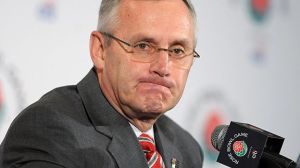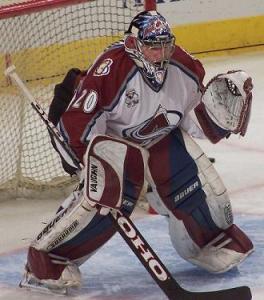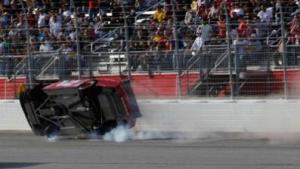Ohio State, Boise State and Oklahoma are often associated with their powerhouse football teams that field superstar athletes. The schools recruit, train and coach at a high level, and they consistently earn a top spot in the BCS rankings.

Ohio State's head coach, Jim Tressel, should be embarrassed about the school's disappointing graduation success rate.
But when it comes to graduation rates, these universities are considered among the worst.
Only 65 percent of student-athletes on teams that participated in the 2009-2010 bowl games got their degrees. For African-American students the rate was an even more staggering 58 percent.
The University of Arizona had the worst graduation success rate among bowl contenders with an abysmal 41 percent. Oklahoma, Boise State and Ohio State had a 45, 58 and 62 percent success rate, respectively.
Student-athletes face strenuous workouts, long-distance travel and attention from the media, but it is also the coach’s responsibility to help young adults mature and ultimately leave the university with a degree. Only one percent of college athletes go on to play at the professional level, and student-athletes will be unprepared to pursue professional careers beyond sports without proper guidance and education.
But football is not the only college sport that suffers from low graduation rates.
In fact, men’s basketball is even worse. According to the Institute of Diversity and Ethics in Sport, one out of every five men’s team’s in this year’s NCAA tournament has graduated less than 40 percent of their players in recent years.
U.S. secretary of education, Arne Duncan, has called on the NCAA to ban any basketball team from future postseason play if their graduation success rate is below 40 percent; however, it is unlikely his proposal will be implemented any time soon, if at all.
Postseason competition has evolved into a very lucrative enterprise, and any change to the tournament system (whether it is the BCS or March Madness) would jeopardize millions of dollars for investors and schools.
And money seems to be the bottom line nowadays.
Who cares if athletes are not graduating and fans are begging for the BCS system to disappear? The bowl games are projected to generate more than $2.1 billion over the next decade, so why should the NCAA worry about changing the current structure?
To all appearances, Ohio State’s head coach, Jim Tressel, does not care a mouse’s fart if his athletes graduate. And he should be embarrassed and ashamed.
Tressel recruits high school students, steps into their homes, and tells a kid in front of their entire family how much he and the university would welcome their attendance. Yet, nearly 40 percent of his athletes are shipped off without a diploma in hand.
Perhaps the school is concerned.
Actually, Ohio State University was so disturbed they extended Tressel’s contract through the 2014 season for over $3.7 million per year. On top of that, the school offered him the associate athletic director position with a salary of $150,000 upon his retirement.
In other news, schools across the country are firing teachers and cutting programs amidst an education budget crisis.
While it is not one man or woman’s responsibility to make sure students meet academic requirements, schools do need to address the issue and restructure the scholastic guidelines for athletes.
Students are leaving campus empty-handed, and universities are undermining their most fundamental purpose. College should be the springboard that launches educated young adults into careers that contribute to society.
Instead, student-athletes are sailing through a six-year physical education course, but failing to live up to academic standards.

